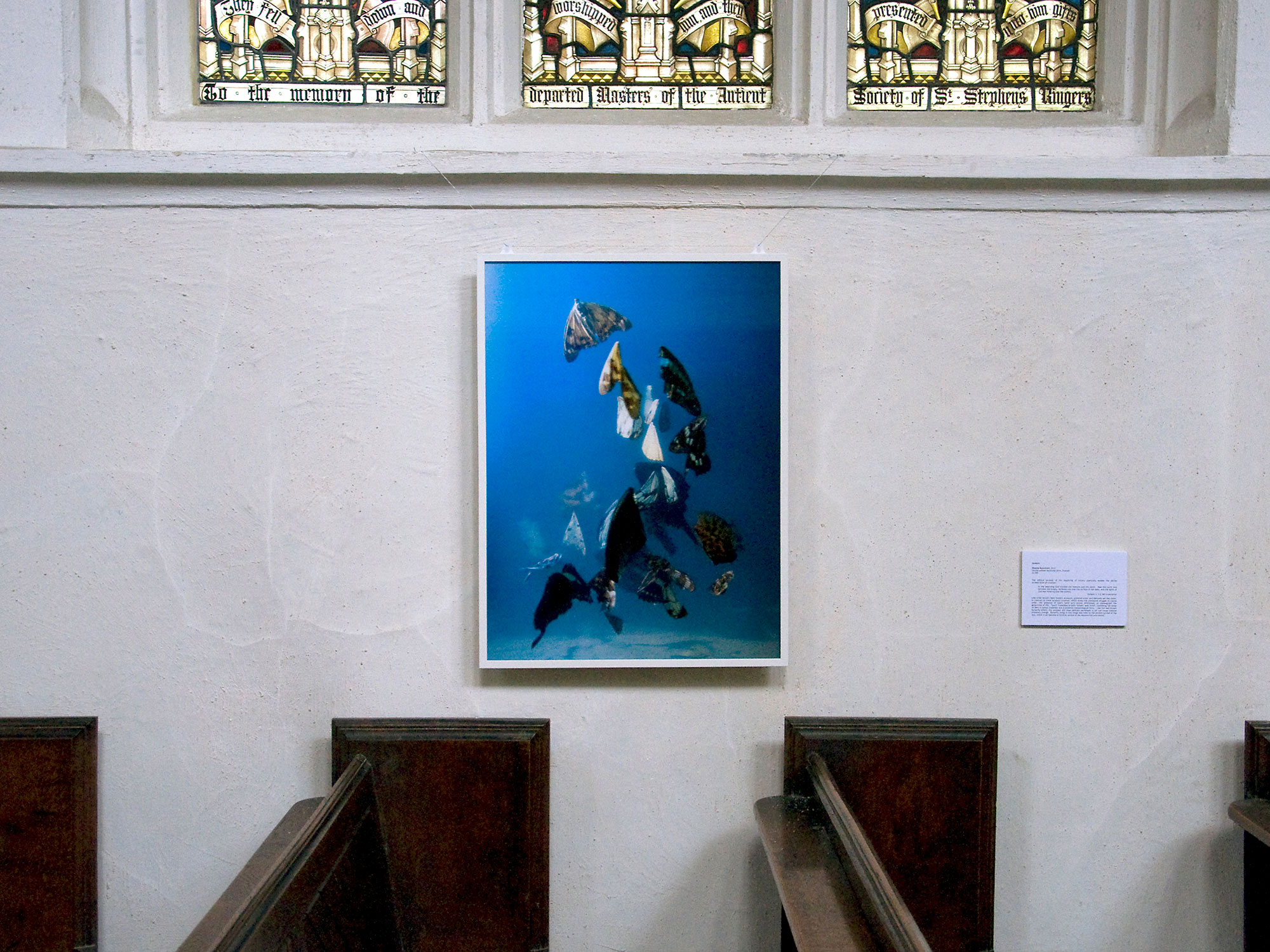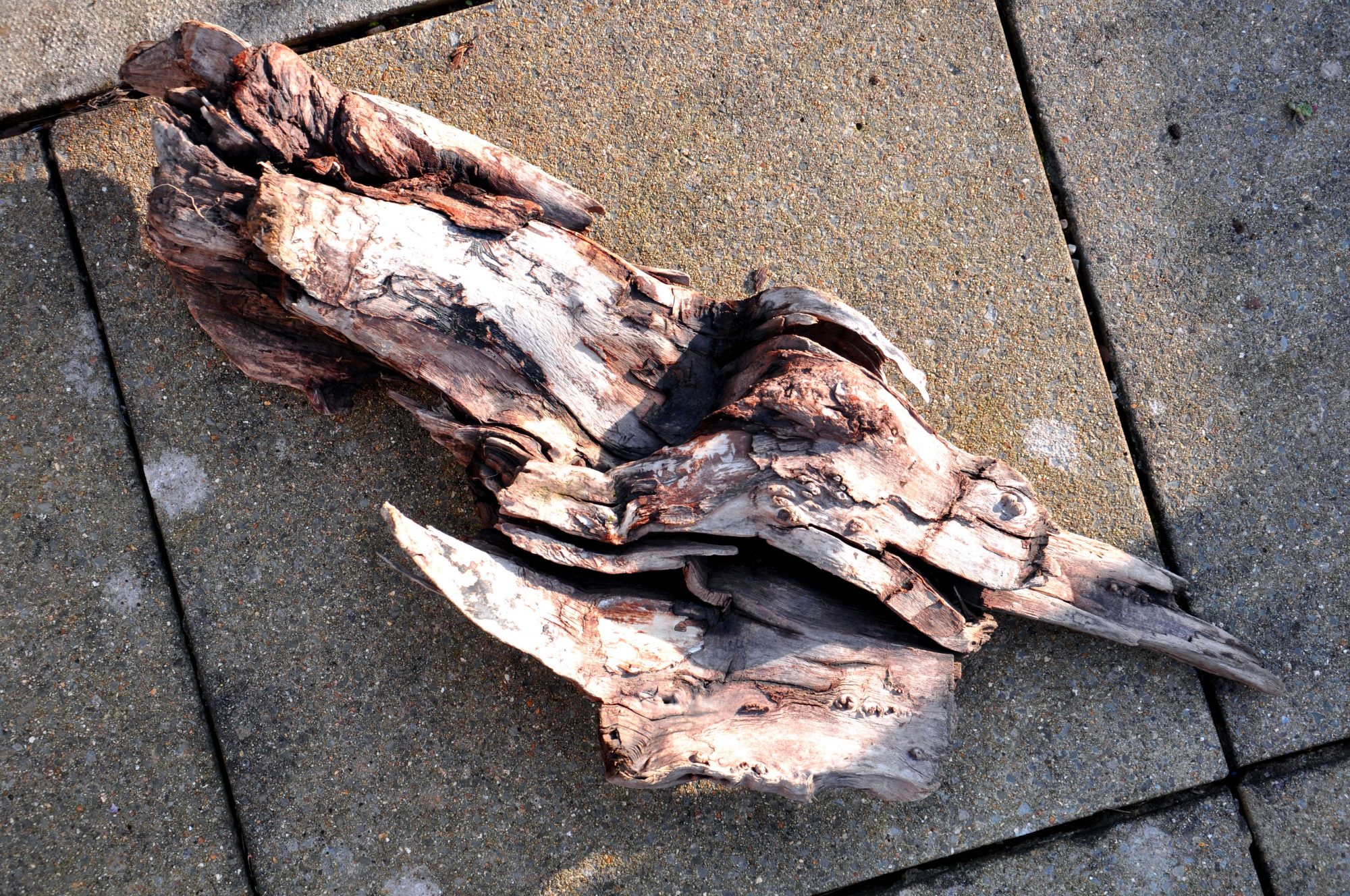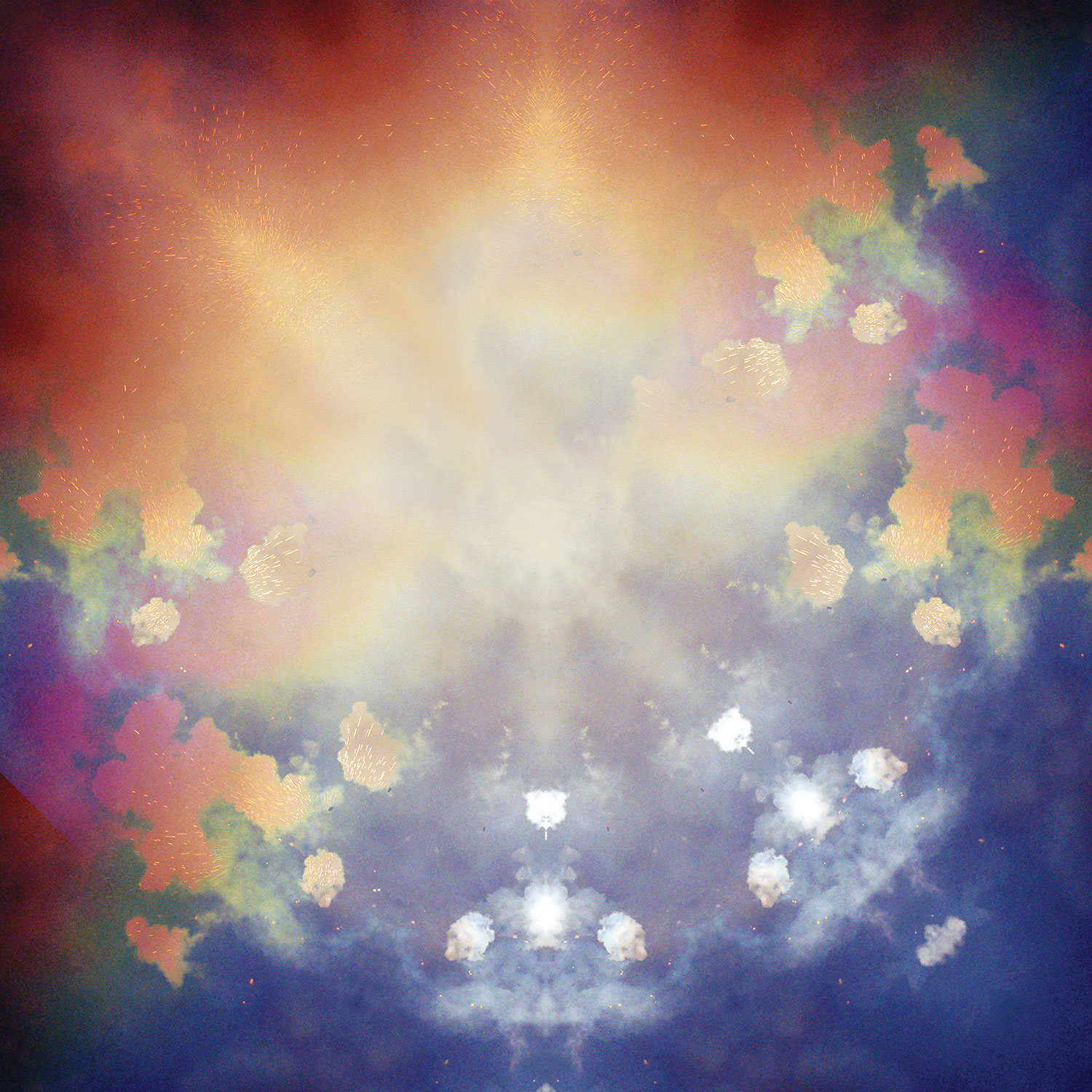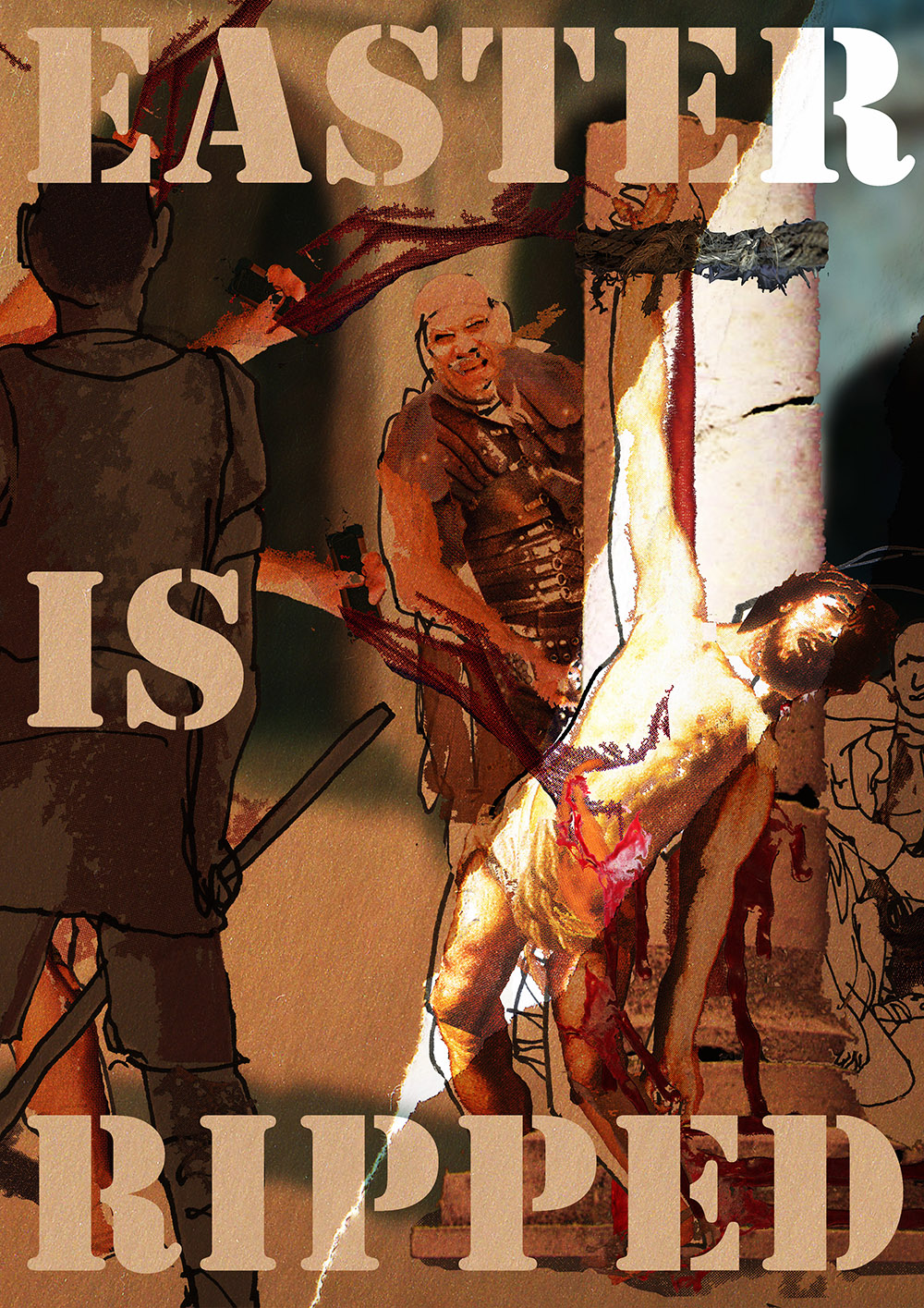We’re now three days in to my exhibition at St Stephen’s Church, Bristol. I blogged the press release two weeks ago, but here I’d like to share a bit more about the two lenticular prints which are the highlight of the show. You have to see them! (Church opening hours are Monday – Friday, & Sunday 8.45am – 4pm. Exhibition ends 27th May)
Above is my piece Genesis, a 60 x 80cm 3D lenticular print. Lenticulars have two physical parts: the print, which is made by splicing a sequence of photographs together with extremely high accuracy; and the lens, which is a ridged acrylic or perspex sheet sealed to the front of the print. The ridges on the lens are designed to refract the light at slightly different angles (compared to normal reflection on a flat surface), which, depending on the interlaced images, can create animation effects, flips, or the illusion of 3 dimensions. Genesis, as a 3D image, looks like it has depth – but you have to see it in the flesh. My photo of it above doesn’t show this because a camera only has one eye. With stereoscopic vision, each of our own eyes sees a slightly different view, and the lenticular print recreates this when you stand in front of it.
For this picture, I set up a still-life by arranging butterfly wings in gel in a fish tank. I had several trial-and-errors with gelatin and other carrageenans (thank you biology-loving husband) – I didn’t want bubbles, but I needed to be able to move the wings around, so the set had to be just right. I lit the scene at night, and then shot over 90 images from slightly different angles around a central point. I’d never done this before, and my heart was in my mouth that evening. But, almost despite me, and definitely bigger than me, something special came together. The piece is about the opening verses in Genesis, about the Spirit of God hovering over the waters, about the fragility of a wingbeat becoming the whirlwind of creation, and about the butterfly as a symbol of new life.
Also on show is my piece The New Passage. This time, it’s an animation sequence of 14 shots showing half-hour intervals of the tide’s progression up the Severn Estuary. You have to walk past the piece to see the change, which reveals the pronounced difference between high and low tide – the second-highest in the world in fact. From this point on the Estuary, after which the piece is named, the Wesley brothers first set out to Wales & Ireland in the 18th century. It’s about walking through water to see massive physical and spiritual change – like the exodus through the Red Sea.
Big heaps of thanks to Ulf-Mark Pedersen and Jake Purches at Base2 Studio. One inspired the challenge, the other made it happen…
Header image: Genesis, 2012, by Sheona Beaumont; lenticular print.



